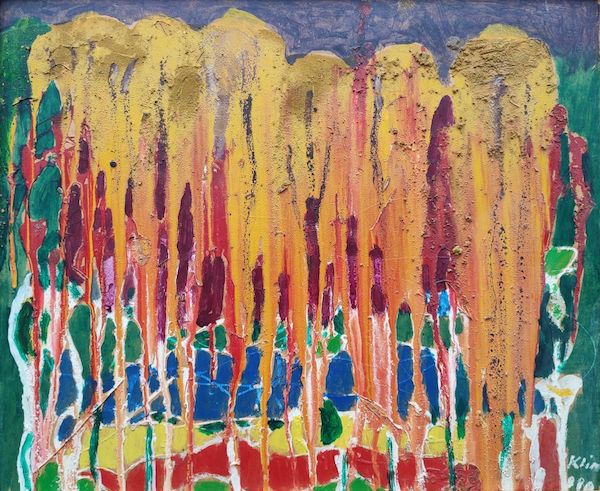Biography
Zoltán Klie began his university studies at the Faculty of Medicine of Pázmány Péter University between 1919-1922. Between 1922-1925 he attended the Hungarian Academy of Fine Arts, where he studied under János Vaszary. He lived in Paris between 1925 and 1927. In the twenties, he received numerous art awards.
He was a founding member and vice-president of the Association of New Artists, a founding member, a corresponding member of the Vienna Künstlerbund Hagen, a member of the New Society of Artists and a member of the Pécs Association of Artists and Artists. His wife Klára Kliené Róna was also a painter.
As a member of the Association of New Artists, Klie represented progressive art between the two wars. He was influenced by the art deco style, surrealism and de Chirico's metaphysical painting. Due to the tone of his art, similar to that of a naive painter, it was difficult to classify it into painterly trends, his works can be compared to the works of Jenő Gadányi and Jenő Paizs-Goebel. He used colors without prejudice, which resulted in pictures with amazingly rich colors, resplendent in rainbow colors. Intertwining lovers, landscapes with inverted perspective, lush nature and typical products of modern technology appeared in his instinctive compositions. The idyll, the miracle and the anxiety-inducing threat were simultaneously present in his art, sometimes with primitive motifs, sometimes with suggestive hints.
After the war, in 1947, he came home from the Talitsin prison camp near Moscow. In the 1950s, he lived mainly from story illustrations. He started to paint with the dripping technique from the sixties.


